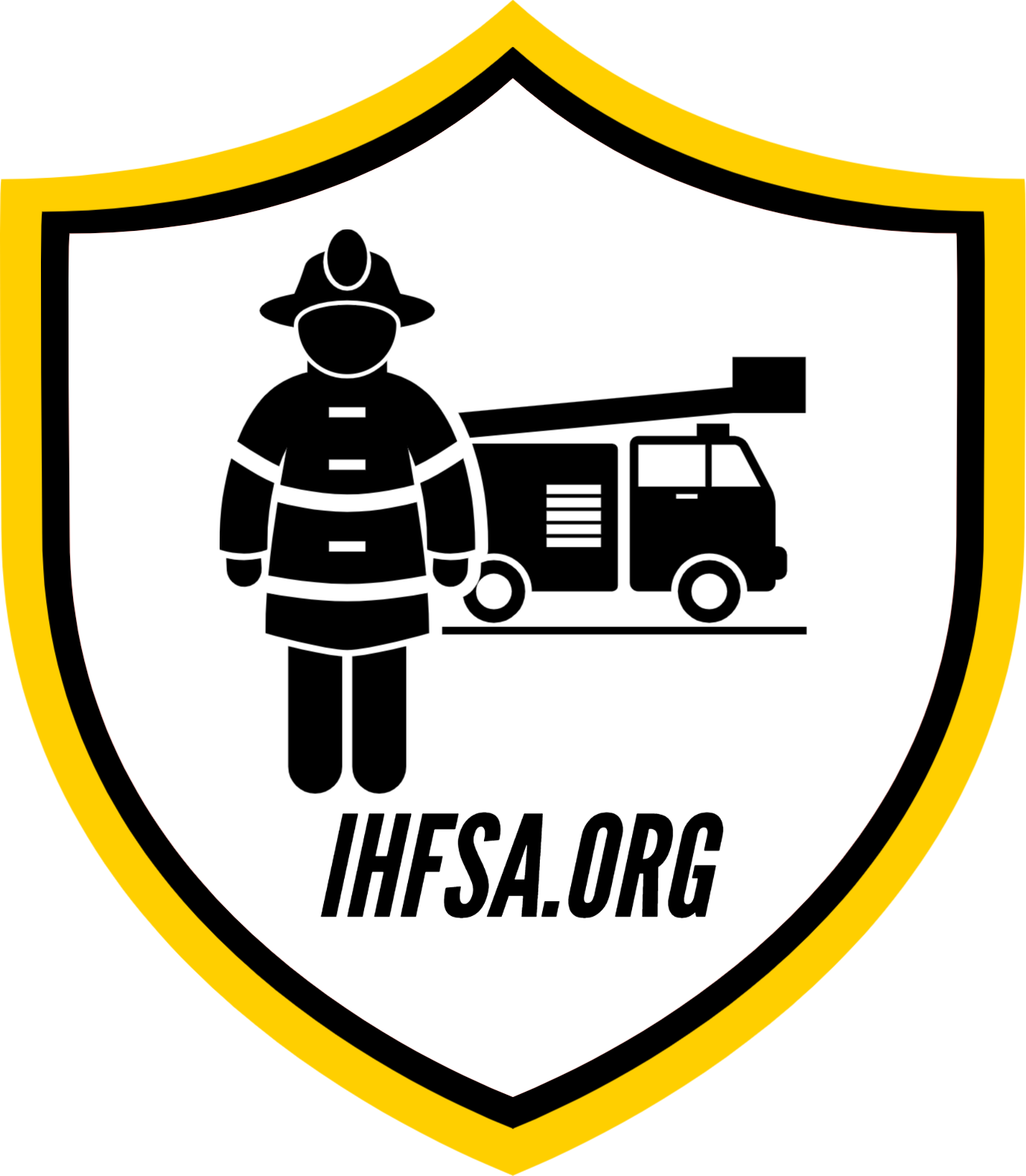How to get involved with a volunteer fire department
Getting involved with a volunteer fire department is an incredibly rewarding way to make a positive contribution to your community. It is often a stepping stone to starting a career in a full-time fire department.
That said, it’s not something that everyone can undertake. It takes a great deal physical stamina and mental strength to make this kind of commitment.
As a volunteer firefighter, you’ll be expected to:
- Keep a clear head in life-or-death situations.
- Maintain your composure when assisting traumatic events like auto crash injuries and fatalities.
- Put yourself in extreme situations, such as going into burning buildings, crawling through tight spaces and entering other hazardous environments.
Most volunteer fire departments want you to devote a minimum amount of time to service, so make sure you have time in your schedule and the flexibility to make that work. It also means that you must have the time to devote to the requisite firefighter training course. The length of the training can vary by state and the level of certification required — a Firefighter I certification may take six months of attending class two to three days per week.
You must also commit to staying in great physical condition to maintain the stamina to perform the necessary firefighting tasks. Eat right, exercise and reduce or eliminate habits that can adversely affect your health, like tobacco and alcohol use. Here are three specific steps to take to become a volunteer firefighter.
STEP 1: CONTACT YOUR LOCAL VOLUNTEER FIRE DEPARTMENT

Taking a tour of your local volunteer fire department can give you a better idea of what it’s like to work there.(Photo/Wikimedia Commons)
The first step should always be to make sure that there is a need. During your call or visit, ask questions about the process so you understand what to expect as you become a volunteer firefighter.
- If there isn’t a volunteer fire station in your community, check out surrounding areas.
- Some fire departments do have residency restrictions, so ask about those in your call.
- Call the non-emergency number and avoid tying up the fire dispatcher.
- Many fire stations will welcome you to drop in if they’re not busy.
- Some fire departments let you ride along with them, or tour their station to give you firsthand experience working in fire safety.
- They can also direct you to the proper authorities to help you get signed up.
STEP 2: APPLYING TO BE A VOLUNTEER FIREFIGHTER

Many volunteer fire departments will have you fill out an official application, along with background checks and physical tests. (Photo/Pixabay)
Once you’ve found the right volunteer fire department, you’ll need to find out their requirements for service to see if you qualify. The standards vary widely, but they all have a minimum age requirement. You can expect:
- A background check to see if you have anything in your history that would prevent you from becoming a volunteer firefighter.
- Clearance by a doctor or a physical ability test, some fire departments require both.
- Fire departments controlled by a municipal government often require a full application process, usually including a drug test.
STEP 3: TRAINING TO BE A VOLUNTEER FIREFIGHTER

Every volunteer firefighter is required to take the 110-hour NFPA course. (Photo/Texas Hill Country)
If your application is approved, the next step in becoming a volunteer fireman or firewoman is to take the training course. The time requirement of these programs varies, but all firefighters must take a minimum 110-hour National Fire Protection Association-certified course.
Becoming a member of a volunteer fire stations is more than preparing to fight fire. Other functions and responsibilities that you can volunteer to help with at your local fire department include:
- Fundraising
- Office work
- Maintaining and cleaning equipment
- Dispatching and washing vehicles
While this may not be as glamorous as fighting fires, all are an important part of running a volunteer fire department.
Many departments offer emergency medical services and encourage members to earn EMS certifications. Being an EMT prior to applying to the station will boost your odds of acceptance in many cases.
Whatever capacity you choose to become involved in with your local volunteer fire department, it will most likely be one of the most rewarding experiences of your life.
Source: firerescue1.com
